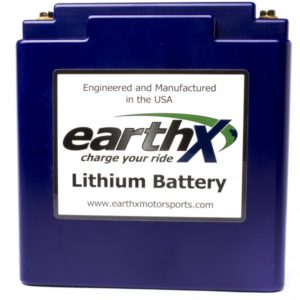 My GlaStar has a Superior O-360 engine, Whirlwind GA200 propeller, heavy instrument panel, and leather interior so I stayed on the safe side and positioned my battery 6 inches behind bulkhead A. I sized my needs for endurance mode flight and chose an Odyssey PC680 battery.
My GlaStar has a Superior O-360 engine, Whirlwind GA200 propeller, heavy instrument panel, and leather interior so I stayed on the safe side and positioned my battery 6 inches behind bulkhead A. I sized my needs for endurance mode flight and chose an Odyssey PC680 battery.
The battery has served me quite well all through ground and avionics systems testing. Engine starting however was a challenge.
It was “OK” starting the O-360, as long as I didn’t run the voltage down doing avionics system test or training for any length of time. If the battery voltage dropped from the standard 12.4V typical for lead acid battery, to lower than 12.1 V… it just wasn’t enough to swing the prop through the new O-360 engine compression. So during flight testing I always ensured the battery was topped off the night before, and the engine started.
After flight testing, I started looking for a better solution, especially thinking of future winter temperatures. I investigated lithium battery options due to their light weight, and much greater cranking Amps.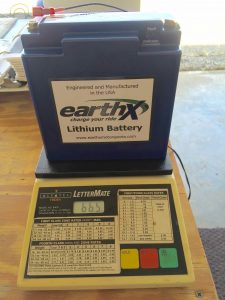
For those that want to comment or warn of impending death, fires, and explosions with lithium technology, well, do your research first on the new Lithium Iron Phosphate (LiFePO4) batteries. This chemistry combined with a smart Battery Management System (BMS) is the way to go. See my links below for plenty of articles and threads on this. Folks are flying with these today with good success! Yes, they are about 3.5 times the cost (Odyssey PC680 $100 vs. $379 EarthX ETX680), but they also have a much longer service life (approx. 2-3 times) with proper care compared to SLA batteries, and they yield at least 40% more cranking Amps! Note EarthX had an Oshkosh show special for $350, so look for this at Sun ‘n Fun.
I researched various options and decided to go with a battery that was designed for aircraft, had a BMS, and was already in use by a number of other experimental builders. EarthX became my choice. I had a tight space left open on the firewall for a battery, so I sized the space for the ETX680 and it just fit! The ETX680 case size is 6.5” x 3.1” x 6.6” (166mm x 79mm x 168mm). It was designed as a drop-in replacement for the Odyssey PC680. It has a well thought out BMS, and LED warning indicator both on the battery itself, as well as an output wire for installing an LED on your panel. I installed the BMS LED warning Indicator (chose a blue LED) on my panel directly in front of me.
Old Battery Configuration:
- Odyssey PC680 (SLA) battery (15.4 lb), 16 Ah capacity, 170 CCA
- Odyssey mount box (2 lb) including bolts, nuts, washer mount hardware. Battery mounted 6 inches aft of bulkhead A.
- 24 feet of #2 AWG cable (6 lb). Voltage loss at starter due to cable length is 4.5 V.
- Total Weight = 23.4 lb.
New Battery Configuration:
- EarthX ETX680 battery (4.1 lb), 12.4 Ah capacity @ a 1C rate, 320 CCA
- Standard charge voltage = 13.9 to 14.6V.
- Maximum charge voltage = 15 V.
- Operating temp = -30 to 60ºC, -22 to 140ºF.
- EarthX mount box (0.5 lb) including bolts, washers, and rivets. Battery mounted on copilot HOT side of firewall.
- 3 feet of #2 AWG cable (0.75 lb). 4.5 V increase at starter due to reduction in cable length run!
- Total Weight = 5.35 lb.
Weight Reduction = 23.4 – 5.35 lb = 18 lb.
A few other points I considered when installing an EarthX Lithium battery after my research:
1. Bus voltage may need reset to maximize lithium battery service life.
A nominal Sealed Valve Lead Acid battery (SVLA) bus voltage of 14.2 translates to a charging voltage of 3.6 V per cell (14.2 V / 4 = 3.55 V per cell). I have a B&C Specialty LR3C voltage regulator. It comes pre-set at 14.4 V / 4 = 3.6 V per cell. So I reset my LR3C to 14.5 V / 4 = 3.625 V per cell. This was recommended as the set point by Bob Nuckolls in the AeroElectric Connection forum.
Per Nuckolls: While this is gentle on the battery in terms of service life, this bus voltage set-point may charge the battery to only 70-80% of rated capacity. THIS CRITICAL POINT MUST BE CONSIDERED WHEN DOING YOUR BATTERY-ONLY ENDURANCE CALCULATIONS.
2. Manufacturer claims of Amp-hour (Lead Acid Equivalent) — Warning! Ground test your Amp-hours to ensure you have enough juice to keep your avionics running!
Amp-hours quoted for a Lithium battery vs. lead acid are apples and oranges. So test your battery true Amp-hour capacity by turning on all your avionics needed in the event of alternator-out ops, and see how long it takes before systems start shutting down. Size the battery to meet your needs. If you have an IFR airplane, consider an SD-8 backup alternator, and endurance bus configuration as shown in the AeroElectric Connection Book (Z13/8 configuration).
3. EarthX battery temperature must be kept under 140ºF (60C). So consider installing an OAT sensor just above the battery. I did this and set a warning limit to 130ºF on my Grand Rapids EIS4000 engine monitor. After a few hot flights this summer, I installed a 1.5-inch duct to help keep the battery cool. I also make a point of popping open the oil cooler door to let out the cowling heat after shut down. I found the
temperature above the battery is always hottest right after shutdown and just sitting on the ramp. If I were to choose a firewall location for a battery in my next experimental, I’d choose low on the firewall and someplace to maximize cooling.
So how does this compare to a lead-acid battery? Well the Odyssey battery operating temperature range is: -40°C (-40°F) to 45°C (113°F). The optimum operating temperature for the lead-acid battery is 25°C (77°F). Elevated temperature reduces longevity. As a guideline, every 8°C (15°F) rise in temperature cuts the battery life in half. (Reference)
4. Battery Management System (BMS) is a must for Lithium technology.
ETX Battery consists of 4 Lithium Iron Phosphate (LiFePO4) cells in series and one or more in parallel with built in electronics to protect the battery from:
- Over-Discharge and Over-Charge
- Balance the individual cell’s charge level
- Short Circuit protection
- Temperature protection to prevent overheating
Battery Management System (BMS) functions:
a. In event of charging system failure where voltage increases to above 15.2 V, the resistance to charging current increases, and above 16 V the charging current is completely blocked. The BMS design offers protection up to 19.8 V as per RTCA performance spec. DO-311. The discharge current (current out of battery) is unaffected in this situation.
b. BMS monitors all failure modes and reports failure with built-in LED indicator and discrete output.
- LED flashing (5 second cycle time) = abnormal condition with batteries lithium cells such as one or more cells are over-discharged (>80% depth of discharge) or over-charged or cell voltage imbalance.
- LED Solid = indicates a BMS hardware failure (e.g., the BMS micro-controller fails)
c. BMS circuitry will disconnect the battery from load/charging system of aircraft if voltage exceeds 15.5 V (an overcharge condition).
d. BMS disconnects battery from the load if it is drained to less than 5% remaining charge (an over-discharge condition).
- An over-discharged battery typically has a voltage less than 11.5 V.
- If the BMS disconnects the battery, the voltage reading of the battery will be zero volts.
e. Engine Starting Considerations: Excessive cranking protection logic includes temperature monitoring to limit “high current use” (engine cranking) to 10-30 seconds in any 60-second period.
f. If a low impedance load is connected to the battery, which causes the battery volts to instantaneously dip below 6 V, the battery will disconnect from the load to protect the cells and BMS from damage (short circuit protection). ETX series is designed for short circuit protection > 1000 amps.
5. Jump Starting a LiFePO4 battery from a car battery?
NO. It is not a good idea to “jump” motorsport LiFePO4 battery from a car or truck battery. It is much better to re-charge it if at all possible. On the top of each battery is a label that will specify the maximum amount of charging amps to use and a “jump” start from an automobile is about 150X more amperage than maximum amperage recommended, if not more. This can cause the cells to rupture and even catch on fire. This is true for all batteries, lithium or lead-acid, if you must jump start the battery, do it from a like sized battery. A lead-acid is much more tolerant than a lithium battery as they absorb the charge completely differently. It is perfectly fine to jump start the EarthX battery from another motorcycle sized battery or use a jump pack.
The manual warns to NEVER jump start your battery from a car battery. If you’re worried about being able to jump start your aircraft, EarthX has a Jump Pack for this. It serves as a great iPhone charger, and bright LED flashlight as well. I’ll be buying one of these for Xmas!
Lithium Battery Technology Links of Interest:
- AeroElectric Connection Forum thread
- Kitplanes article series “Practical Electrical” by Bob Nuckolls. See the series of articles starting September 2014. This series alone is well worth the price of buying your Kitplanes subscription!
- Battery University
- VansForce.net thread . Search for EarthX, and Lithium and you’ll find many more!
- EarthX Battery FAQs

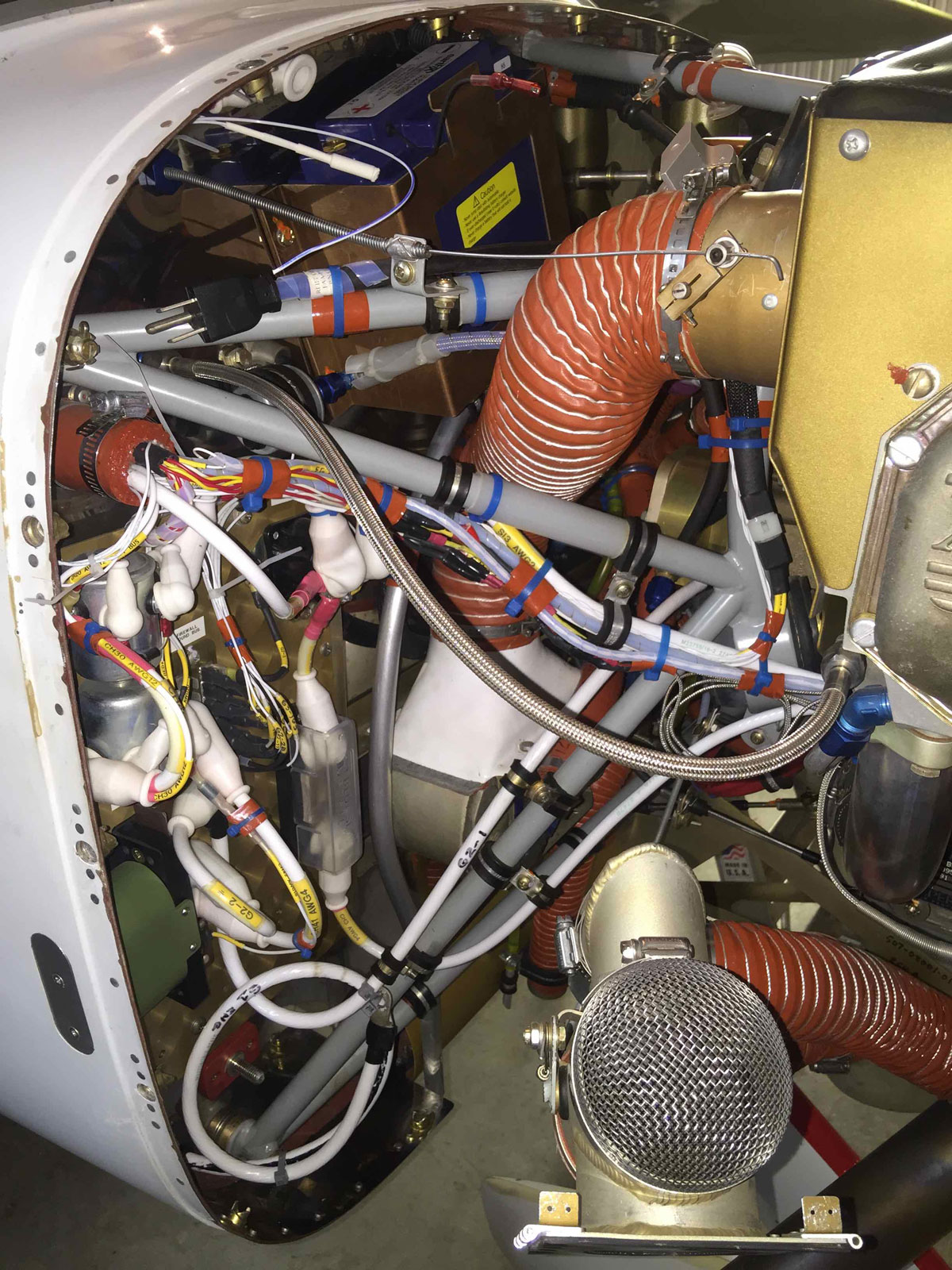
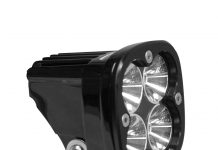
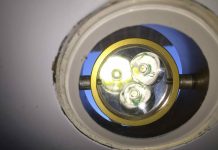

I removed my new odessey 680 3-1/2 years ago due to slow cranking & installed a EarthX ExT 900. My battery is located behind the rear bulkhead cover so I have a little extra distance to get power to the starter to crank my Lyc 0360. The 10 lb weight reduction with the EarthX plus much better cranking power is awesome. It has worked flawless !